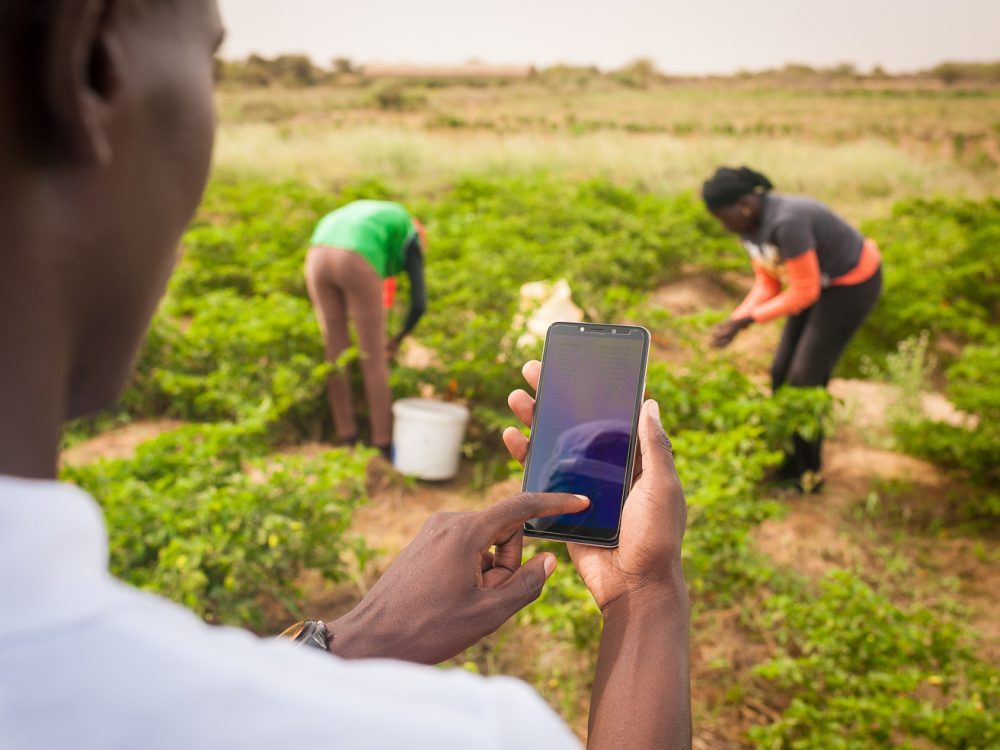Geocoding 101: A Behind the Scenes Look at Visualizing Aid and Development
I often get asked how AidData takes vast stores of development finance information and translates them into something that can be easily understood by the public. Last week, we published our geocoded data on aid flows to Nepal via the International Aid Transparency Initiative (IATI) registry. Now anyone can easily download the data from our IATI publisher page or aiddata.org to understand who is funding what and where. Here’s an inside look at the process of creating geocoded data, such as that from Nepal, from start to finish.
The challenge
Governments need detailed information to effectively plan and allocate resources for their country’s development. But collecting granular data on development projects is a serious undertaking for governments. Development assistance is fragmented, which means that government staff must work directly with dozens of donors each with their own sources of information. Capturing the precise geographic locations of communities benefiting from a development project can be challenging, especially when projects can be working in multiple locations. This creates additional burden for over-worked government ministries.
With support from USAID’s Higher Education Solutions Network, AidData assists governments to collect and visualize information on their development projects. AidData adds value by not only helping governments process a backlog of historical data but also by working with ministry officials to sustain these efforts for future projects. In the case of Nepal, AidData geocoded 21,000 locations of communities benefiting from 600 projects, including 21,000 locations worth over $6 billion in funding commitments. Now that geocoding is complete in Nepal, officials in the Ministry of Finance have the skills and will to continue these efforts.
Creating more granular data
When AidData begins a geocoding project we first ensure that the partner government’s Aid Information Management System contains updated project information. An Aid Management Fellow embedded within the finance ministry for several months works with each development partner to update their portfolio in the system.
The Aid Management Fellow then coordinates with each development partner to collect the location of the projects under their purview. Some institutions already have detailed coordinate-level data for their projects, but in most cases they supply only the name of the village or area where the project is located. In other cases, the development partner will supply AidData with project documents or appraisal reports, which typically mention where the projects are located.
Once this raw data has been collected, AidData research assistants use our geocoding methodology and toolkit to identify each project’s locations. Two researchers are assigned to each project in a double-blind process, and a senior research assistant arbitrates between the two data entries if there is any discrepancy. Once all of the projects have been geocoded, the toolkit exports a data set, which can then be imported back into the country’s Aid Management Information System and visualized and analyzed through a GIS portal, such as this one for Nepal.
Making the data public
Partner countries sign a transparency pledge committing them to make their geocoded data publicly available, through their public portal, on aiddata.org or both. To date, Nepal, Haiti, and Timor-Leste have released geocoded data on their public portals. In order to publish these data sets on aiddata.org, each country data set must undergo a post-processing and quality assurance phase.
Since each country’s public portal is customized for their own needs, this additional processing ensures that the geocoded data is comparable across countries, usable for research, and able to imported into the IATI registry. The quality assurance process includes making sure that national sector classifications are matched with international standards and that organizations are matched with their IATI code. This process takes time – these data sets often have more than 20,000 rows each – so it’s possible that the raw data is available through the country’s portal before it aiddata.org.
Enabling development partners and citizens to more easily zero-in on the communities and projects of greatest interest to them is an important step towards making aid more transparent and effective. Through the USAID Higher Education Solutions Network partnership, AidData will continue to geocode additional countries and make this information publicly available. Stay tuned for more updates as new geocoded data becomes available.
Image source: AidData
This piece was originally published on AidData’s The First Tranche.
Share This Post
Related from our library

Introducing The HackCorruption Civic Tech Tools Repository
Introducing the Civic Tech Tools Repository: an open-source hub of digital solutions to fight corruption. Designed for growth through GitHub contributions, it brings together tools, code, and resources across six key areas for HackCorruption teams and beyond.

Building a Sustainable Cashew Sector in West Africa Through Data and Collaboration
Cashew-IN project came to an end in August 2024 after four years of working with government agencies, producers, traders, processors, and development partners in the five implementing countries to co-create an online tool aimed to inform, support, promote, and strengthen Africa’s cashew industry. This blog outlines some of the key project highlights, including some of the challenges we faced, lessons learned, success stories, and identified opportunities for a more competitive cashew sector in West Africa.

Digital Transformation for Public Value: Development Gateway’s Insights from Agriculture & Open Contracting
In today’s fast-evolving world, governments and public organizations are under more pressure than ever before to deliver efficient, transparent services that align with public expectations. In this blog, we delve into the key concepts behind digital transformation and how it can enhance public value by promoting transparency, informing policy, and supporting evidence-based decision-making.